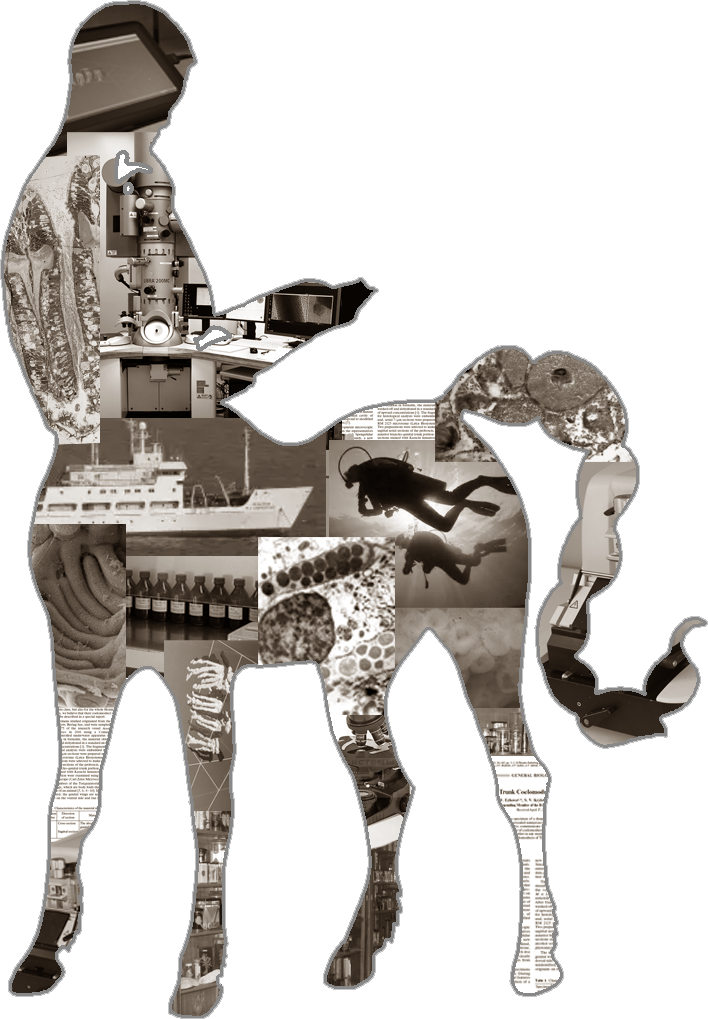
We wanted to create a laboratory where students could conduct full-fledged scientific work. Moreover, students of junior courses, the first and second, if they have already decided to devote some period of their lives (and maybe the whole life) to the solution of morpho-evolutionary problems.
What are these problems? Outstanding Soviet biologist Mercury S. Gilyarov in his work "Features of the Soil as a Habitat and Its Importance in the Evolution of Insects" noted that "the correspondence of phylogenetic schemes built on the basis of morphological materials alone, to the objective reality is explained by the fact that the structure of the organism is inextricably linked with the conditions of its existence and its changes reflect changes in the vital conditions of existence" (p.192). The structure of the animal, its morphology is always influenced by the challenges and difficulties that the animal has to solve and overcome during their life. It is extremely exciting, after the studying of the structure of the animal and finding out its morphology, to discover a deep relationship between the morphology of a structure or system and those functions, the purpose that this structure performs in an organism. Such unraveling of small and large mysteries of nature, in turn, leads to the elucidation of the general mechanisms of the historical development of living organisms, to an understanding of how our planet evolved.
But the animal world is infinitely diverse. One human life is not enough to comprehend all the undiscovered mysteries of the world. Therefore, researchers (any researchers, including morphologists) really need energetic and interested assistants who possess all the necessary methods and are ready to work on deciphering an infinite number of puzzles of wildlife. Collective work on a common challenge is always more effective than single efforts. And we very much hope that our joint work will allow us to find out more secrets, to solve more riddles and to leave to the subsequent generations a set of interesting discoveries about the structure and development of life on our planet (and maybe not only on our! Let's not forget that "humanity has already gone into Space and the problems of Space have become our earthly matter").
Two main sections of our website are devoted to two equal components of scientific activity. Theese components:
1) actual research, "work with hands", accumulation of facts, carried out "in the field" or in the laboratory,
2) analysis of the results, formulation of hypotheses and theories based on obtained facts, and necessary elucidation of these findings for the scientific community and all those interested.




